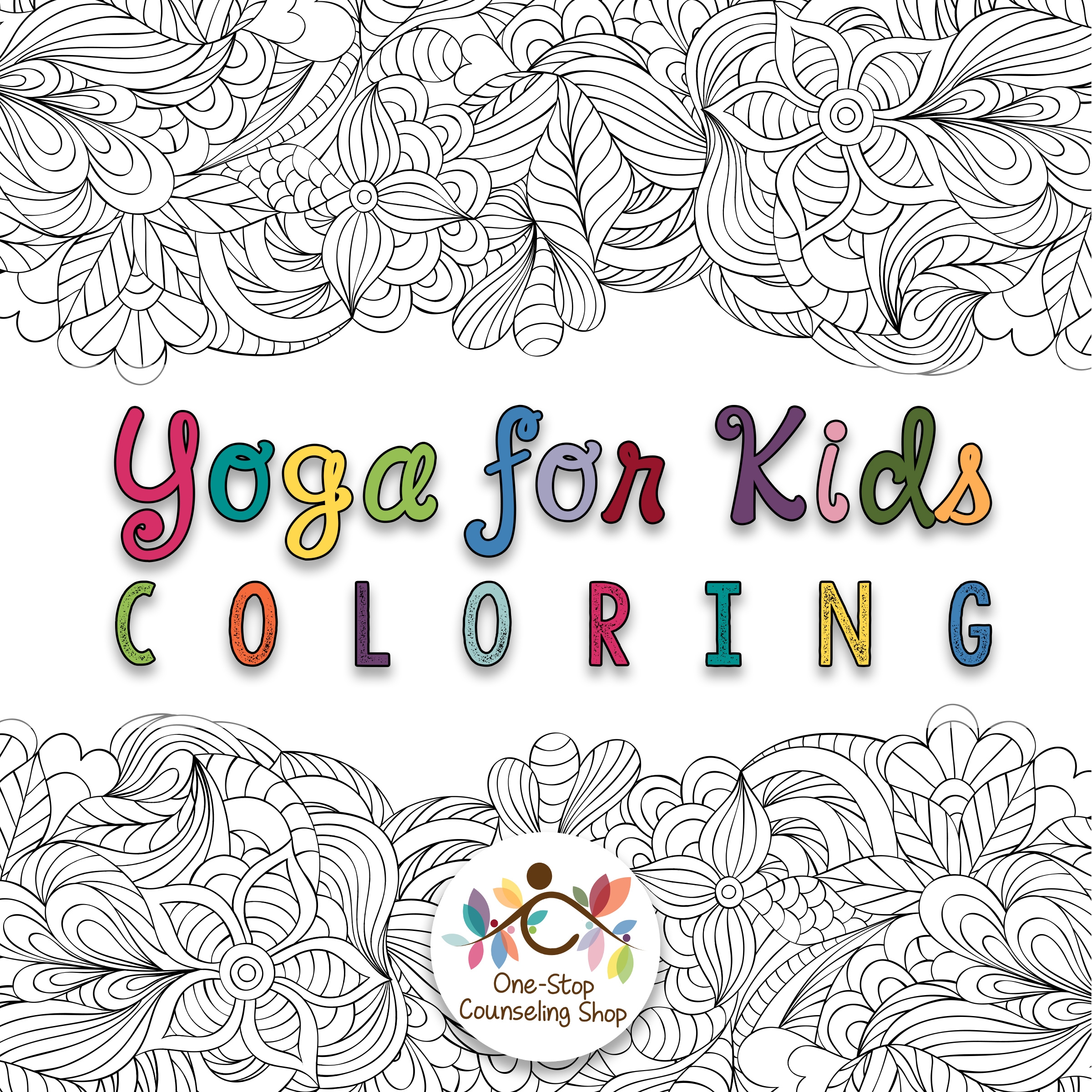Food coloring is a common ingredient in many processed foods, beverages, and desserts. While it may make our food look more appealing, research has shown that certain food colorings can have negative effects on behavior, particularly in children.
Children are more susceptible to the effects of food coloring due to their smaller body size and developing brains. Some studies have linked artificial food coloring to hyperactivity, inattention, and other behavioral issues in children.
Food Coloring Behavior Problems
One of the main concerns with food coloring is its potential to cause hyperactivity in children. Some artificial food colorings, such as Red 40 and Yellow 5, have been shown to increase hyperactivity and restlessness in children. This can make it difficult for them to focus in school or at home, leading to behavioral issues.
In addition to hyperactivity, artificial food colorings have also been linked to inattention and impulsivity. Children who consume foods and drinks with artificial colorings may have trouble staying focused, following instructions, and controlling their impulses. This can impact their academic performance and social interactions.
Furthermore, some studies have suggested that artificial food colorings may exacerbate symptoms of attention deficit hyperactivity disorder (ADHD) in children who are already diagnosed with the condition. This can make it even more challenging for parents and teachers to manage their behavior and help them succeed academically.
While more research is needed to fully understand the link between food coloring and behavior problems, many parents choose to limit their children’s consumption of artificial food colorings as a precaution. This may involve reading food labels carefully, opting for natural food colorings, or preparing homemade meals and snacks whenever possible.
In conclusion, the relationship between food coloring and behavior problems, particularly in children, is a complex and ongoing area of research. While more studies are needed to definitively establish a causal link, many parents and healthcare professionals choose to err on the side of caution when it comes to artificial food colorings. By being mindful of the foods and drinks we consume, we can help promote better behavior and overall health in children.
